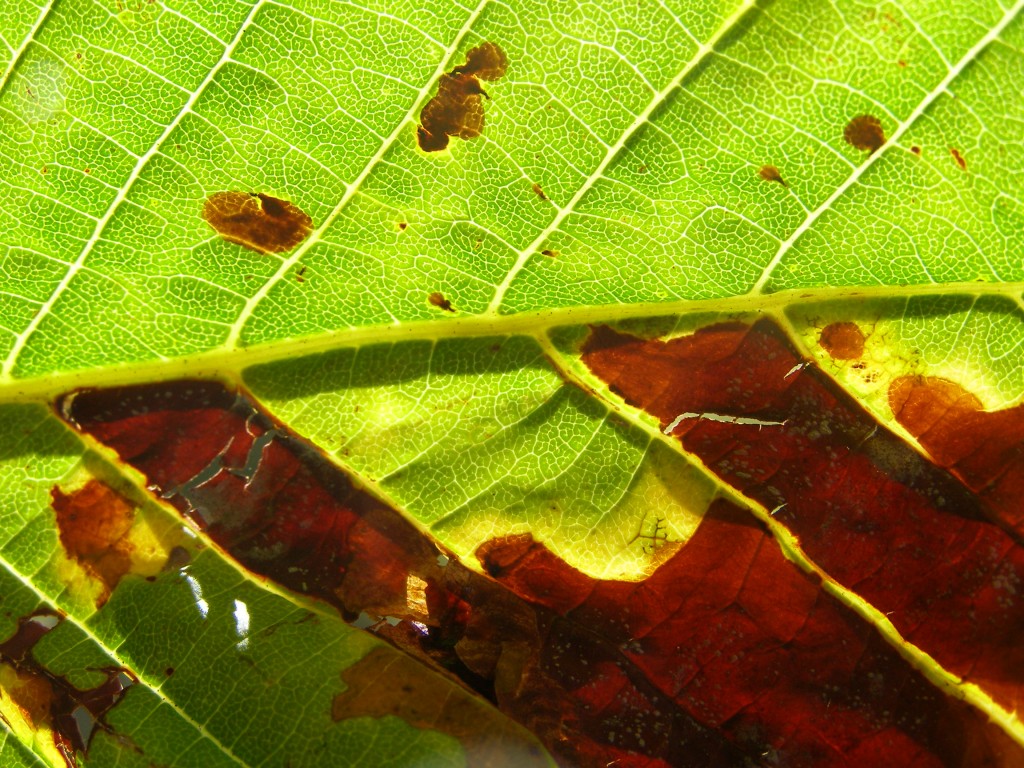
Leaf blotch
Cladosporium paeoniae
What is Leaf blotch (Graphiopsis chlorocephala)?
Graphiopsis chlorocephala (formerly Cladosporium paeoniae), Also known as leaf blotch and measles, this pathogen survives in stem and leaf debris. Symptoms of the disease include the presence of dark purple glossy spots on the upper leaf surfaces, while the undersides develop a dull chestnut color. Lesions primarily manifest at the leaf margins, often causing slight distortion. Additionally, elongated reddish-brown streaks can be observed on the stems, which tend to merge near the plant crown.
How does Leaf blotch (Graphiopsis chlorocephala) occur?
Graphiopsis chlorocephala reproduced through conidiospores, which are small fungal spores. The fungus survives in plant debris, particularly in stem and leaf remnants. When environmental conditions are favorable, such as temperatures ranging from 50°F to 82°F and the presence of moisture, the conidiospores germinate. They then infect young tissues, leading to the development of lesions and the spread of the disease. The fungus's ability to reproduce and spread is facilitated by the availability of suitable plant material and conducive environmental factors.
Symptoms
2 - Plants health
After infection with Peony Leaf Blotch, affected plants may experience reduced growth, distorted leaves, and diminished aesthetic value. This can impact the economy as peony growers may face decreased production, lower quality flowers, and potential economic losses.
Solutions
1 - Cultural Practices
• Select cultivars that are known to exhibit resistance or tolerance to leaf blotch. This can help minimize the risk of infection and reduce disease severity. • Provide adequate spacing between plants to promote effective air circulation, reducing humidity and creating an unfavorable environment for fungal growth. • In the fall or early spring, remove and destroy any fallen leaves, stems, or other plant debris around the plants to reduce the presence of overwintering fungal spores. • Cut back the stems at ground level in the fall or early spring before new shoots emerge. This helps in removing any potential sources of infection and improves overall plant health. • When watering peony plants, avoid wetting the leaves. Instead, water at the plant’s base or drip irrigation to deliver water directly to the roots.
2 - Chemical Control
• Fungicides like Banner MAXX (Group 3), Broadform (Group 7 + 11), Orkestra (Group 7 + 11), Postiva (Group 3 + 7), and Terraguard SC (Group 3) can be used to manage leaf blotch. • It's important to follow the instructions on the product labels for proper usage and safety precautions.
